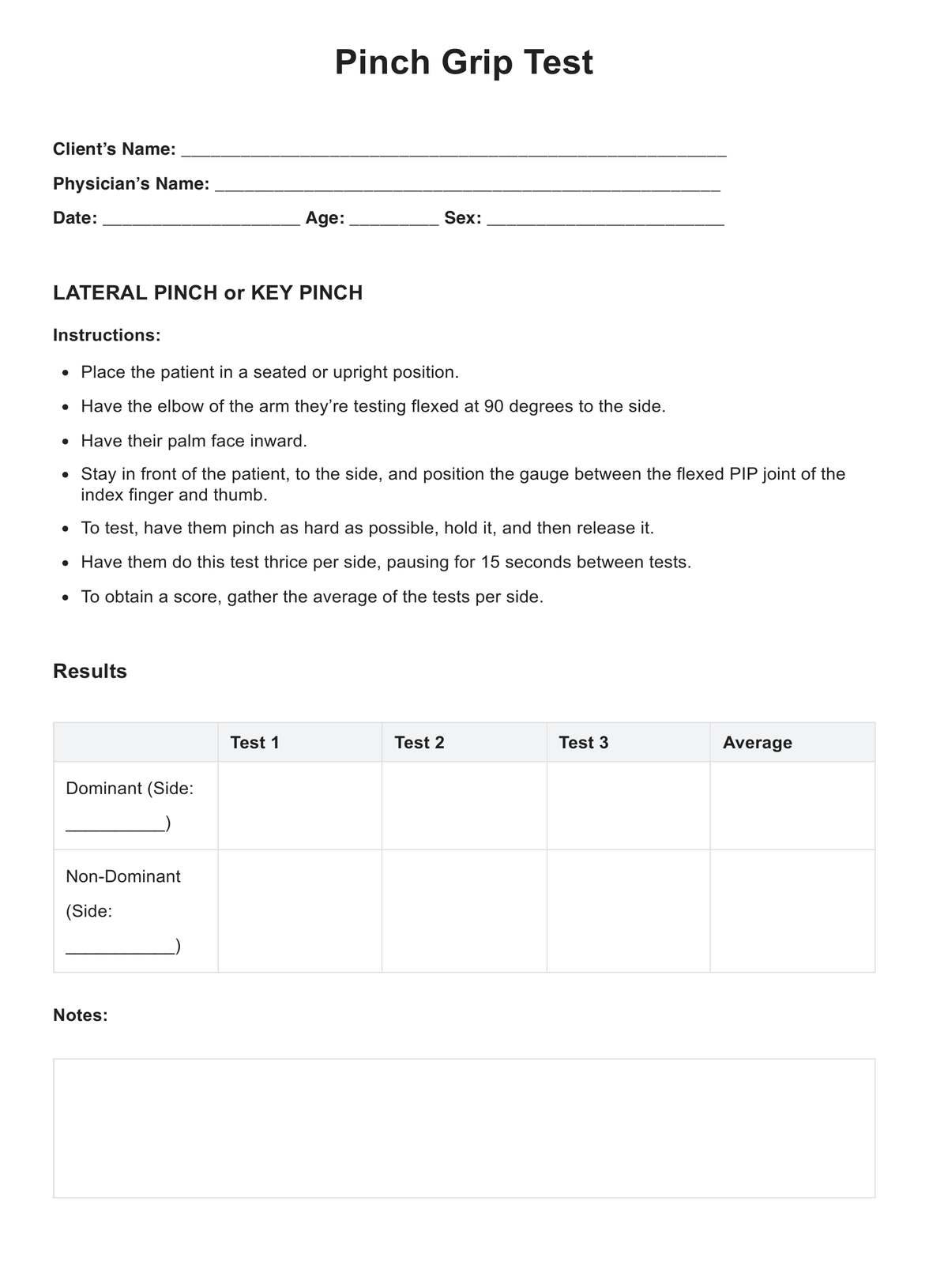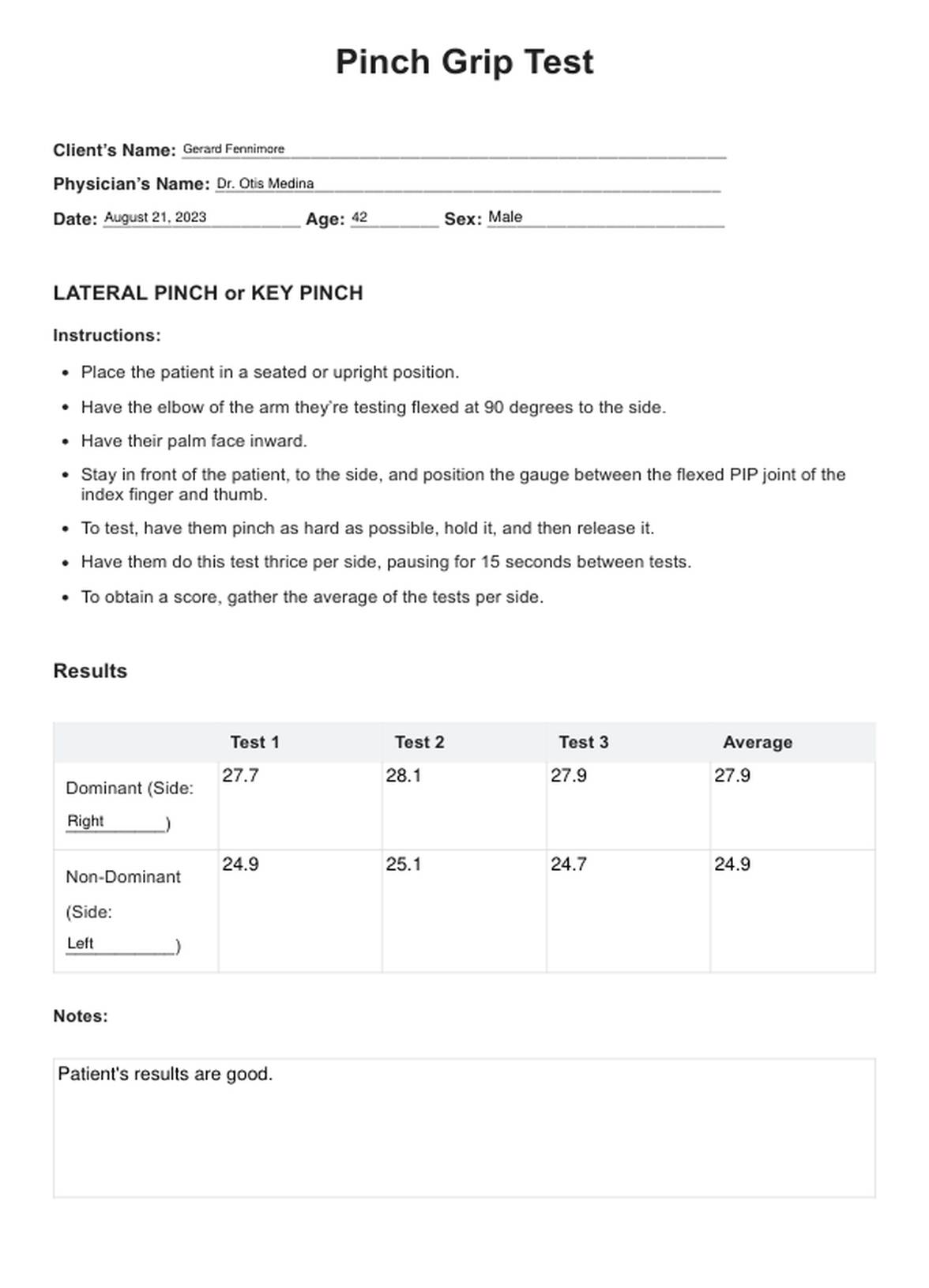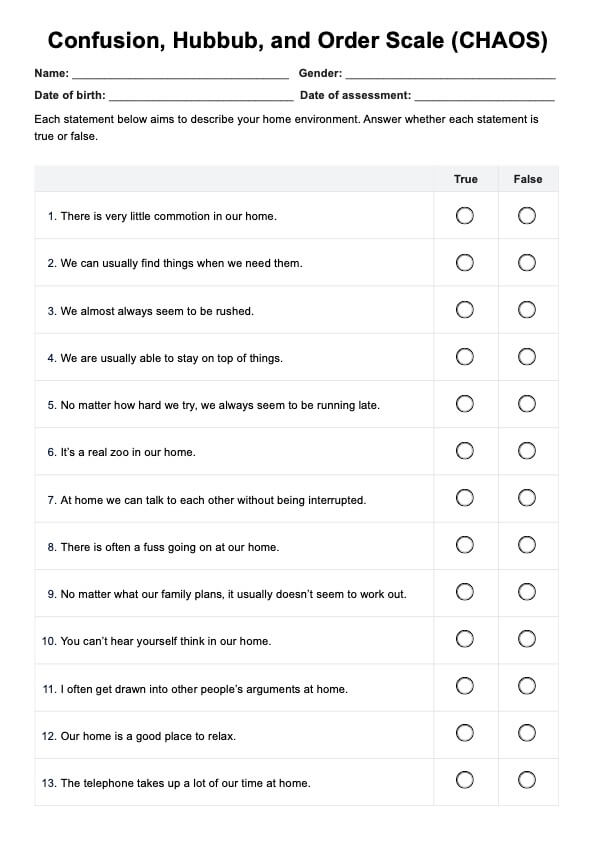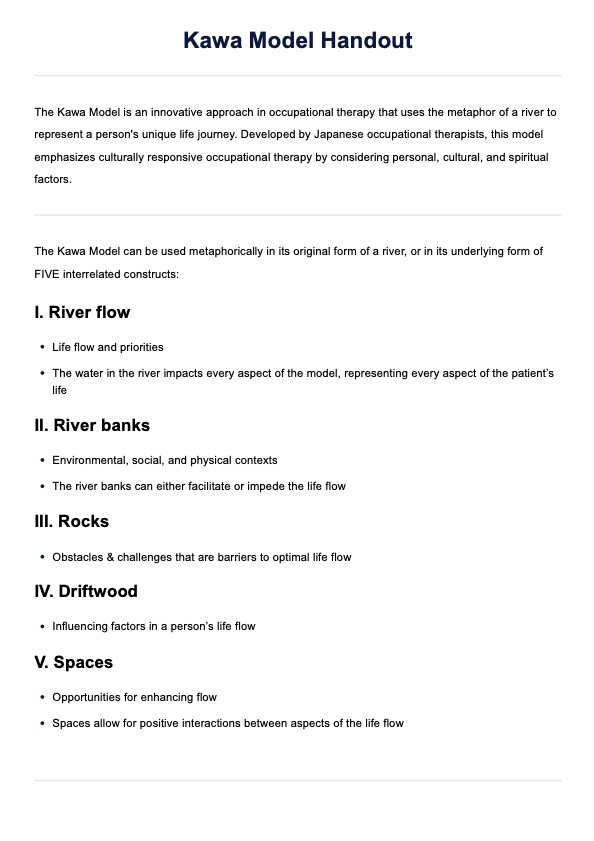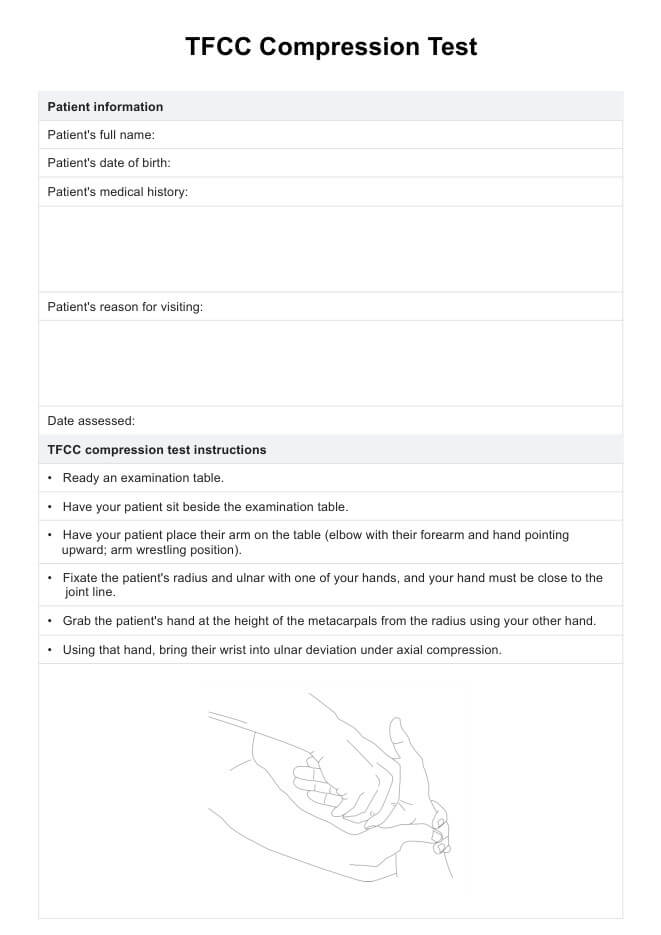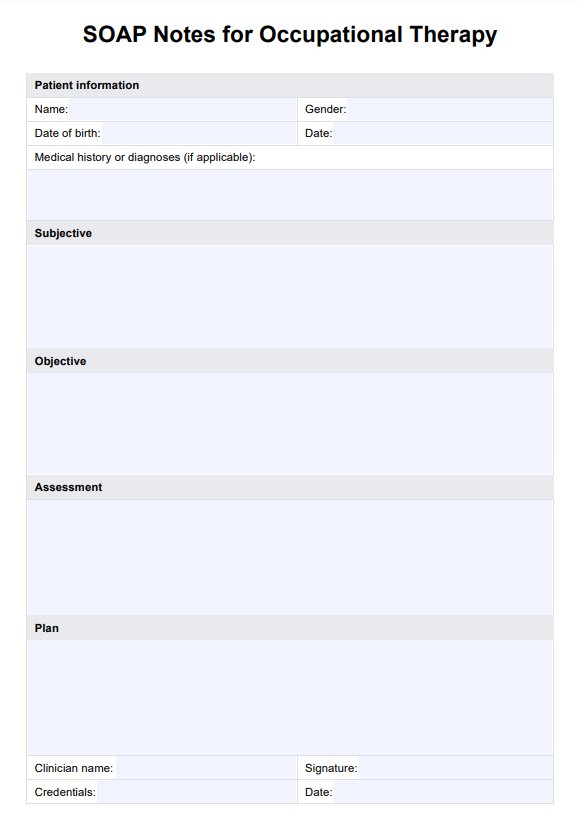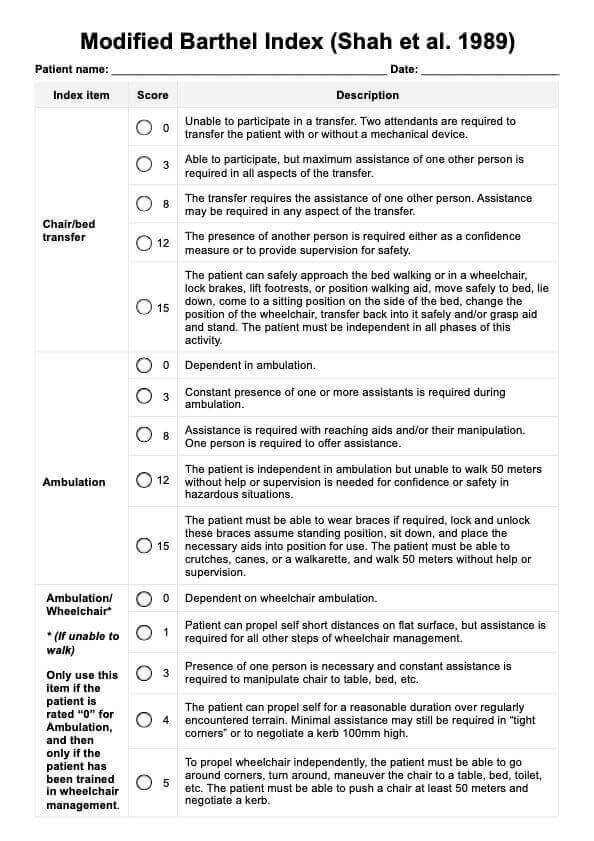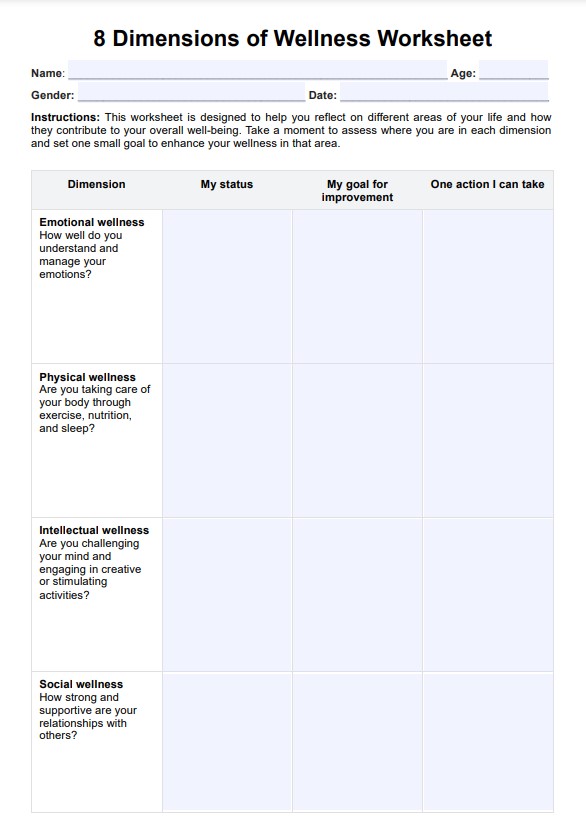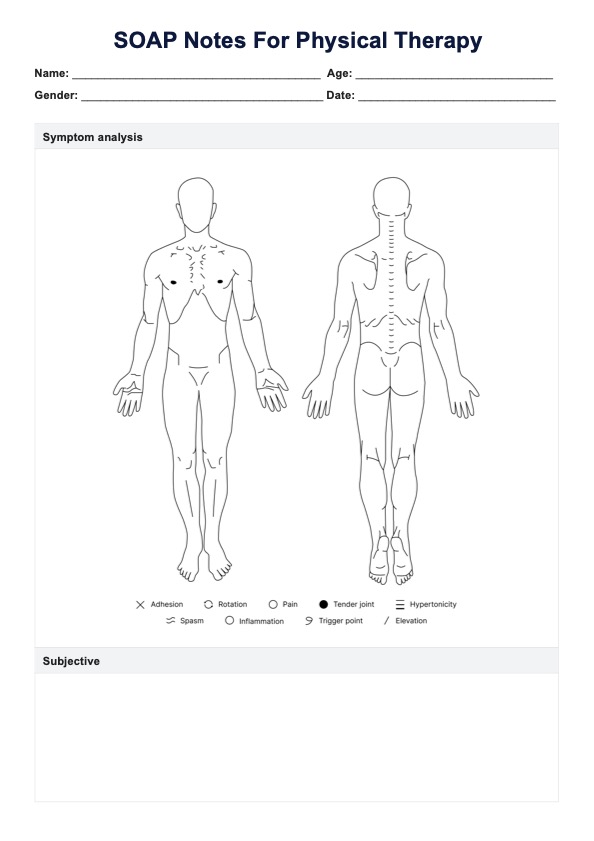Pinch Grip Test
Assess your patient’s ability to perform certain tasks with their hands and overall health with pinch grip tests. Click here for a free template copy!


What is a Pinch Grip Test?
are a set of assessments that double as tools that practitioners conduct on patients to check their overall health and ability to perform certain tasks. The data obtained from these tests are helpful for job analysis, functional capacity evaluation, post-offer evaluation cases, and examining the median nerve’s anterior interosseous nerve branch’s neurological dysfunction.
The pinch grip tests utilize pinch dynamometers or pinch meters to assess the pinch strength of a patient. There are three standard pinch strength tests one performs such as:
- Key Pinch or Lateral Pinch
- Three Jaw Chuck Pinch or Three-Point Pinch
- Tip-to-Tip Pinch or Two-Point Pinch
Each test must be done on the dominant and non-dominant sides thrice. The average score obtained per side, per test, will be compared with Normative Pinch Strength Data with consideration of the patient’s age, sex, and side.
Pinch Grip Test Template
Pinch Grip Test Example
How does it work?
Access the Template
You can access and download the template by:
- Clicking the “Download Template” or “Use Template” button above
- Searching for the “Pinch Grip Test” in Carepatron’s template library on our website or app.
Conduct the Test
Before you begin, don’t forget to complete the required basic information, such as your name, the patient’s name, the exam date, age, and sex. Afterward, prepare the pinch dynamometer, and you may proceed to follow the test instructions on the template.
Interpret
Once you’re finished with testing, you may record the patient’s results, compute the average, and interpret the final score with the Normative Pinch Strength Data on the test instructions.
Proceed with the Next Steps
If the patient falls short of passing, you may proceed with the next steps, such as a treatment plan until the next test.
When would you use this Template?
Medical practitioners in occupational and physical therapy settings can use the template and conduct the pinch grip test for the following cases:
“Post Offer” Evaluation.
The test can be used to check if a patient is prone to developing repetitive motion disorders.
Workers Compensation
The test can assess whether patients can use their hands extensively for work.
Functional Capacity Evaluation (FCE)
The test can be used to determine the manual dexterity and fine motor skills of a patient.
Aside from the three cases, the pinch grip test is also used to help diagnose Anterior Interosseous Nerve Syndrome (AINS).
Benefits
Easy and Quick to Administer
Our template comes with instructions written in layman’s terms, making it easy to understand and administer. Furthermore, you'll have test results in no time because it only requires a single piece of equipment and, at most, 30 minutes to complete the test.
Create Individualized Treatment Plans
Should your patients be unfit for work or show signs of AINS, this document can be used as a basis for individualized treatment plans because you’ll be able to see which pinch to improve on.
Establish Baselines for Comparison
You can use the test and our template as a baseline and reference for comparison, especially if the patient’s results show they need to improve pinching strength.
Written Digital Copies for Reference
With our free pinch grip test template, you’ll have written copies you can use as a reference. You can also access it on any mobile gadget you have on hand. Furthermore, on Carepatron, you can store the filled-out template and give limited viewing access to relevant parties.
Research & Evidence
In 1984, according to the study “Reliability and validity of grip and pinch strength evaluations” by Mathiowetz, Weber, Volland, and Kashman, if a mean of three trials is used, “test-retest reliability [is] highest.” This is currently being implemented in testing and has proven to be effective. One study that supports the effectiveness and usefulness of the pinch grip tests is “Test-retest reliability of tip, key, and palmar pinch force sense in healthy adults.” According to Li, Li, Wu, and Zhang, “high test-retest reliability of tip, key, and palmar pinch force sense in healthy adults can be achieved using standardized positioning and the proposed approach.”
References
Mathiowetz, V., Weber, K., Volland, G., & Kashman, N. (1984). Reliability and validity of grip and pinch strength evaluations. The Journal of hand surgery, 9(2), 222–226. https://doi.org/10.1016/s0363-5023(84)80146-x
Li, L., Li, Y., Wu, C. et al. Test–retest reliability of tip, key, and palmar pinch force sense in healthy adults. BMC Musculoskelet Disord 21, 189 (2020). https://doi.org/10.1186/s12891-020-3187-7
Commonly asked questions
Physical therapists and occupational therapists are most likely to use and benefit from having a pinch grip test template.
A pinch grip test template is usually used when a company requests proof that employees can use their hands extensively for work if they are prone to developing repetitive motion disorders, etc.
It’s similar to other physical exam tests wherein the result can be used as a guide, reference, or basis of the patient’s overall health and ability to perform certain tasks.


